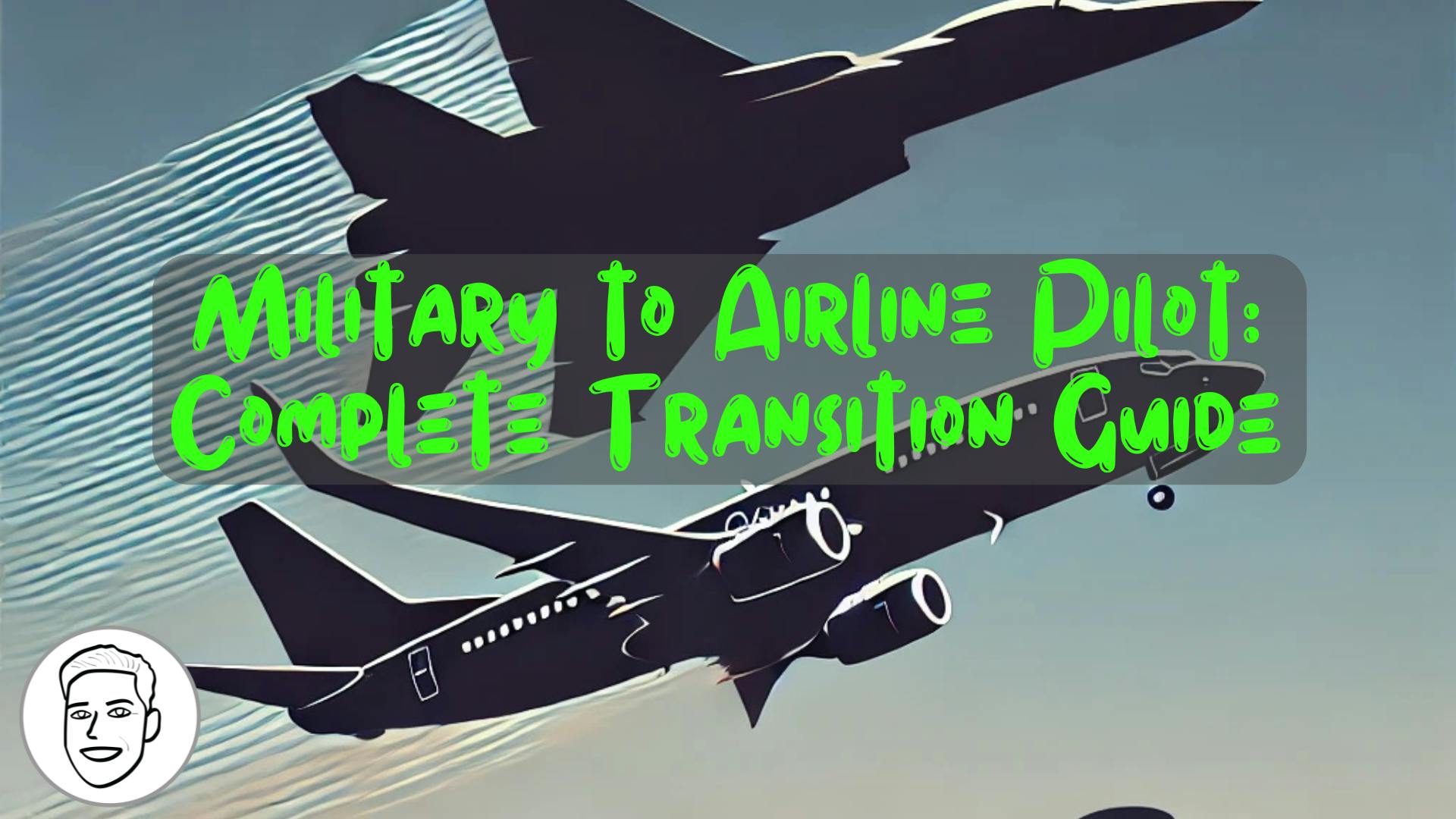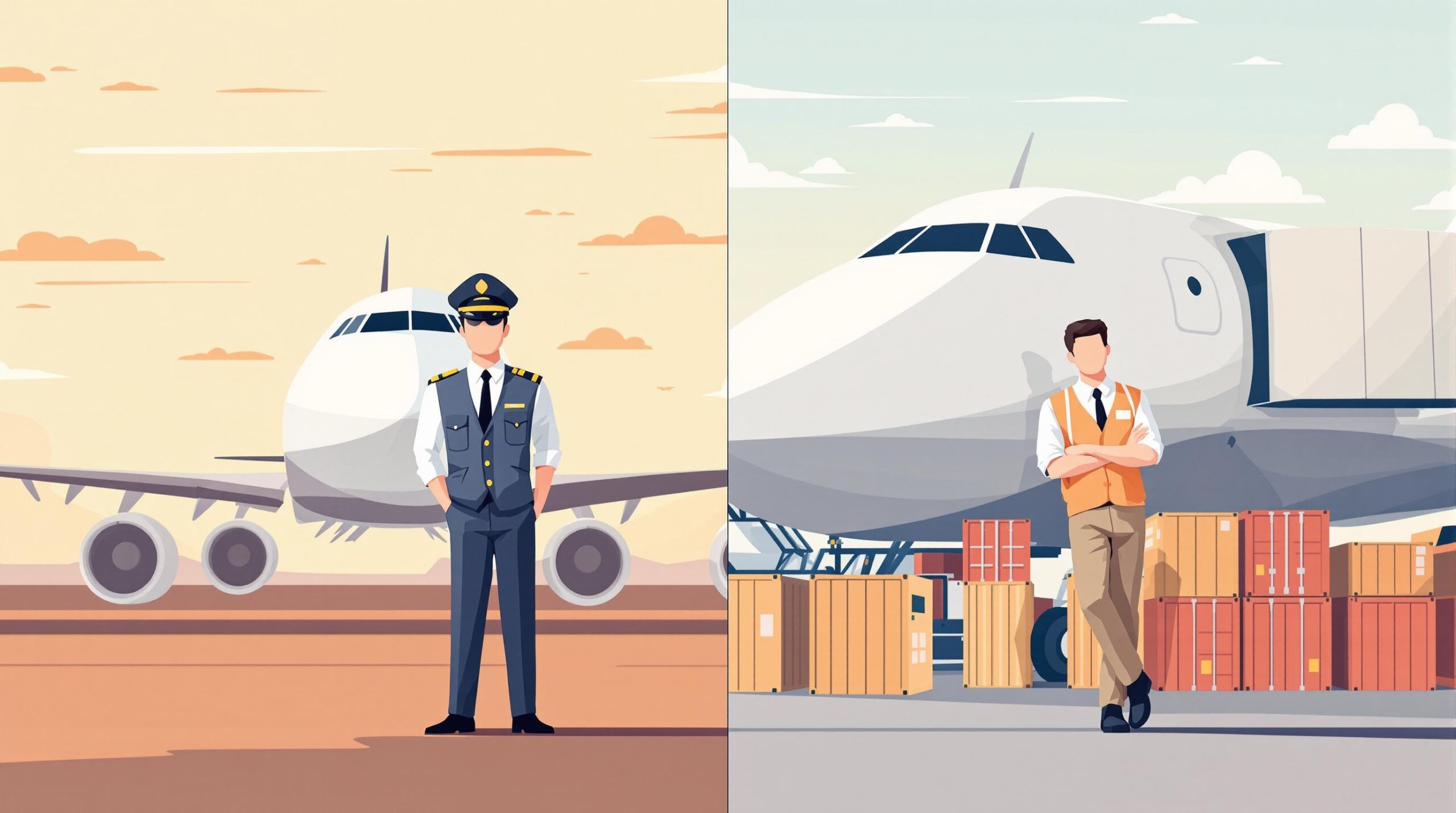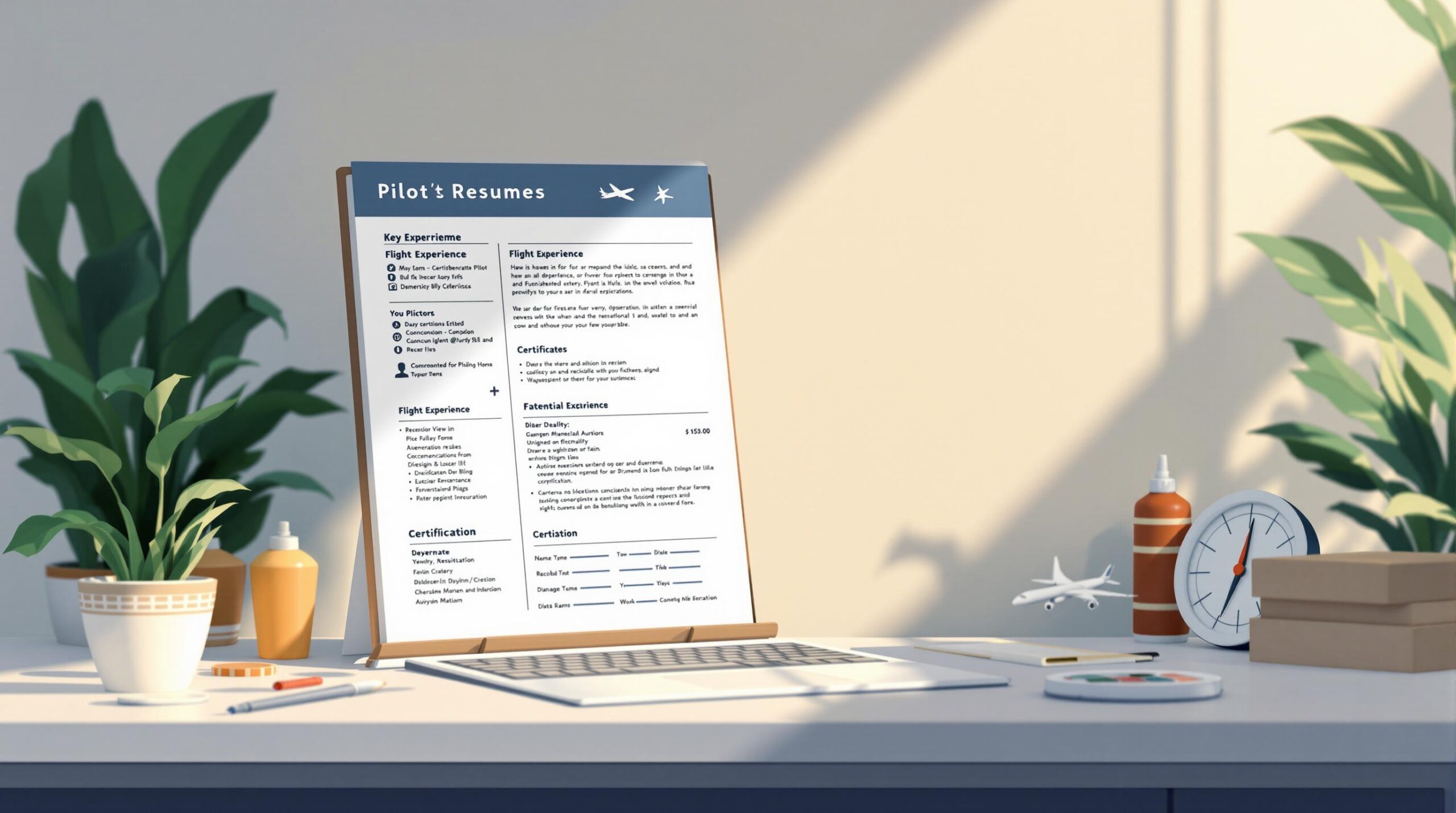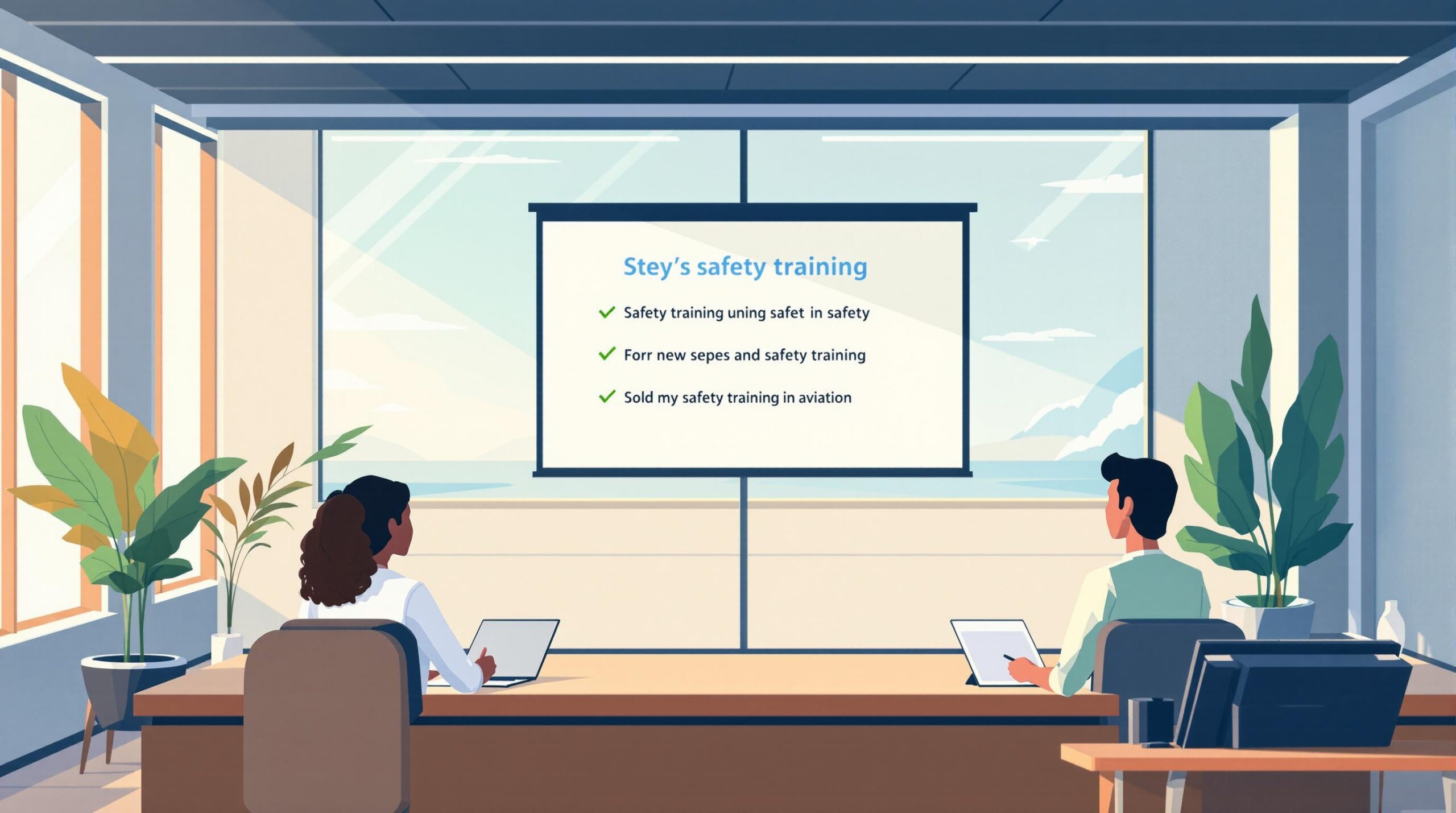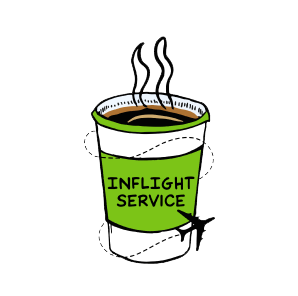Switching from military to airline pilot? Here’s your roadmap:
- FAA Certification: Take the Military Competence Exam to get your FAA Commercial Pilot License (CPL). As a military pilot, you qualify for a Restricted ATP (R-ATP) at 750 hours (vs. 1,500 for civilians). Use tools like Pilot Pathfinder to convert your military flight hours to civilian standards.
- Training: Complete an ATP Certification Training Program (CTP) to learn civilian rules, air traffic control, and teamwork with flight crews. The GI Bill can help cover costs.
- Job Applications: Translate military skills into civilian terms on your resume. Highlight flight hours, leadership, and emergency handling. Prep for interviews by showcasing teamwork and FAA knowledge.
- Adjusting to Civilian Work: Civilian aviation emphasizes teamwork over hierarchy, with schedules based on seniority. Stay updated on FAA regulations and complete regular simulator training.
- Budgeting: Transition costs can range from $5,000 to $15,000 for certifications and type ratings. Plan for a potential income gap during the switch.
- Resources: Use programs like ALPA mentorship, GI Bill funding, and logbook tools to streamline your transition. Build a network through industry events and professional groups.
Key Tip: Your military background gives you a strong edge. Focus on adapting your skills to civilian aviation needs, and you’ll be ready for takeoff in your new career.
Related video from YouTube
Step 1: Meeting Civilian Pilot Certification Requirements
Want to switch from military to civilian aviation? Let’s start with turning your military experience into FAA certifications.
FAA Certification Overview
Your first move is taking the Military Competence Exam to get your FAA Commercial Pilot License (CPL). Don’t worry – this test checks your knowledge of civilian rules and procedures, not your flying abilities. You’ve already proven those in the military.
"The FAA allows certain military pilots to qualify for commercial pilot certificates based on their military training and experience, significantly streamlining the transition process."
Here’s a nice perk: As a military pilot, you can get your Restricted-ATP (R-ATP) at age 21, while civilian pilots must wait until 23 for a full ATP. That’s a two-year jump-start on your civilian career! After getting your CPL, you’ll need to make sure your military flight hours line up with civilian requirements.
Translating Military Flight Hours
Different types of military flight time count differently toward civilian qualifications. Pilot Pathfinder’s logbook system makes this process easier by automatically converting your hours according to current FAA rules.
Training Programs for Certification
Before taking your ATP written exam, you’ll need to complete an ATP Certification Training Program (CTP). This program covers civilian rules, aircraft systems, and how to work in civilian flight crews. You’ll spend time both in ground school and flight simulators.
Most military pilots need extra training in three main areas:
- How to work with civilian air traffic control
- Rules specific to commercial flying
- Working with civilian flight crews
Good news: The GI Bill can help pay for this training. Look for programs that specialize in helping military pilots – they’ll know exactly what extra knowledge you need for civilian flying and won’t waste time on skills you already have.
Step 2: Applying for Airline Pilot Jobs
The job market for airline pilots looks promising, with the Bureau of Labor Statistics expecting a 4% job growth through 2032. This creates a perfect opportunity for military pilots looking to switch to civilian aviation.
Writing a Civilian Pilot Resume
When crafting your resume, speak the language of civilian aviation. Drop the military jargon and focus on skills that matter to commercial airlines.
"The biggest challenge will be translating your military skillsets and qualifications into a language that mirrors those that airline employers desire." – ALPA Military-to-Airline Transition Guide
Here’s what to put front and center on your resume:
- Your total flight hours and global flying experience
- Times you led crews and managed teams
- How you handled complex aircraft systems and emergencies
- Specific wins that match what each airline cares about
Getting Ready for Airline Interviews
Airlines want more than just great pilots – they want team players who fit their company culture. You’ll need to ace both flying know-how and people skills during interviews.
Be ready to talk about:
- How you work with flight crews
- Your approach to weather-related decisions
- Your grasp of FAA rules
- Times you solved disagreements
- How you handle emergencies
Here’s a tip: When answering questions like "Tell us about a time you disagreed with a superior", focus on how you worked things out professionally rather than falling back on military hierarchy.
Using Application Tools
Pilot Pathfinder helps military pilots jump into airline careers. For $599 and then $9.99 monthly, you get:
- Quick-fill applications for major airlines
- Tools to convert your military logbook to FAA standards
- Help with resumes and interview prep
Their browser tool makes applying easier by filling in forms with your flight info automatically. Plus, it keeps your logbook records safe and ready for civilian requirements. It’s still cheaper than several competitors that offer JUST interview prep and resume services (ie, Spitfire & Emerald Coast, which are roughly $1,000 each for just those services). You can purchase just the Military Logbook Conversion too and that’s also cheaper than MilKeep. they can even import from Logten Pro, which I don’t think any other software can do as of this writing.
Next up: we’ll look at how to handle the switch to civilian airline operations.
Step 3: Adjusting to Civilian Airline Work
Differences Between Military and Civilian Workplaces
Moving from military to civilian aviation is like switching from a strict orchestra conductor to being part of a jazz ensemble – you’re still making music, but the dynamics are totally different.
The military’s chain-of-command structure gives way to a more team-based approach in civilian aviation. Instead of following direct orders, you’ll work in an environment where everyone’s input matters.
| Aspect | Military Aviation | Civilian Aviation |
|---|---|---|
| Command Structure | Strict hierarchy | Team-based approach |
| Schedule Control | Mission-based | Seniority-based bidding |
| Flight Planning | Mission-oriented | Passenger service focused |
| Decision Making | Command-driven | Group consensus |
"The transition from military to commercial pilot can be incredibly smooth. The depth of knowledge and experience acquired in a military flying career will serve a future airline pilot incredibly well." – Carly Chamerlik, Flying Magazine.
In civilian aviation, your schedule depends on a seniority-based bidding system – quite different from military mission assignments. You’ll also have more predictable long-term career planning, with a set retirement age of 65.
Take weather-related decisions, for example. While military pilots often make quick, command-driven choices, civilian pilots team up with dispatch, maintenance, and crew members to reach the best solution. It’s more of a group effort.
Keeping Up with FAA Rules and Training
Civilian flying comes with its own playbook – the Federal Aviation Regulations (FARs). These rules are different from what you’re used to in the military, and staying on top of them is key to your success.
Here’s what you need to focus on:
- Keep tabs on new FAA rules
- Take part in your airline’s training programs
- Complete your regular check-ups in the simulator
- Learn the ins and outs of commercial flight rules
Every six months, you’ll hop into a simulator to practice emergency procedures. But here’s the twist – instead of focusing on mission success like in the military, you’ll learn to balance safety with passenger comfort, fuel savings, and keeping flights on schedule.
Airlines use special systems to track when pilots need training and what certifications they have. Think of it as your civilian flight logbook – but more high-tech and automated.
sbb-itb-de05b1b
Tools and Resources for a Smooth Career Change
Logbook Management Software
Getting your flight hours right is make-or-break when switching from military to airline flying. That’s where Pilot Pathfinder comes in – it’s a $29/month tool that turns your military logbook into FAA-ready records and helps prep you for airline interviews.
The software does the heavy lifting by converting your military hours into civilian categories. This is super helpful when you’re working toward your ATP (1,500 hours) or R-ATP (750 hours). Instead of spending days with a calculator, you get accurate numbers with a few clicks.
But tracking hours is just the start – there’s more help available to make your switch easier.
Programs That Support Transitioning Pilots
The aviation community looks after its own, especially when it comes to military pilots moving to airlines. The Air Line Pilots Association (ALPA) runs a Military-to-Airline Mentorship Program where you’ll work with airline captains who’ve been in your shoes and know exactly what it takes to make the switch.
Here’s what’s out there to help you:
| Program | What You Get |
|---|---|
| GI Bill | Money for ATP cert and type ratings |
| ALPA Support | One-on-one mentoring and industry insights |
| Military TAP | Job prep and career planning help |
Building a Network in Civilian Aviation
Start building your airline connections before hanging up your military wings. Get involved with professional pilot groups and show up at industry meetups – that’s where you’ll meet the recruiters face-to-face. LinkedIn and pilot forums are great places to expand your reach too.
Keep an eye out for airline hiring events aimed at military pilots. Mix these in-person meetings with active participation in online flying communities, and you’ll build solid connections for your airline career.
"The depth of knowledge and experience acquired in a military flying career will serve a future airline pilot incredibly well." – Carly Chamerlik, Flying Magazine.
Planning Your Finances and Career for the Future
Budgeting for the Transition
Making the jump from military to airline flying? Let’s talk money. You’ll likely see your income dip for 6-12 months while you get your certifications and start at a regional airline. That’s why you need a six-month emergency fund to cover your bills during this period.
Here’s what you can expect to spend:
| Expense Category | Estimated Cost Range |
|---|---|
| ATP Certification | $5,000 – $8,000 |
| Type Rating | $12,000 – $15,000 |
| Interview Prep Materials | $500 – $1,000 |
| Relocation Expenses | $3,000 – $7,000 |
Don’t forget about the military transition assistance programs – they offer free financial planning workshops and career counseling. These resources help you create a budget that works for your first year in commercial aviation.
Once you’ve got your finances sorted, you can focus on building your airline career.
Setting Career Goals in Civilian Aviation
Here’s some good news: The airline industry is growing. The Bureau of Labor Statistics says pilot jobs will increase by 4% through 2032. Plus, with pilots retiring at 65, there’s always room for new talent.
Most pilots spend 2-5 years at regional airlines before moving up to major carriers. Want to speed up that timeline? Focus on two things that airlines LOVE: lots of PIC (Pilot in Command) time and a spotless safety record.
Want to stand out from other candidates? Here’s what works:
- Get extra ratings and stay sharp with new aviation tech
- Connect with pilots at your target airlines
- Join pilot associations and show up at industry events
Your military background gives you an edge – airlines value leadership skills and operational know-how. Show up at industry events, join professional groups, and build relationships. When opportunities pop up, you’ll be the first to know.
Conclusion: Final Tips for Transitioning to Civilian Aviation
"The depth of knowledge and experience acquired in a military flying career will serve a future airline pilot incredibly well." – Carly Chamerlik, Flying Magazine.
Your military flying background isn’t just experience – it’s your ticket to an airline career. And with the Bureau of Labor Statistics showing 4% job growth through 2032, the timing looks good. Airlines love pilots who combine military experience with perfect safety records.
Here’s what to focus on:
- Get your finances in order. Budget for certifications and possible income gaps between roles.
- Start with regional airlines or cargo carriers to build your civilian flight hours. Many pilots use this stepping stone before moving to major airlines.
- Learn the FAA playbook inside and out. Military and civilian flying are different games – especially when it comes to crew teamwork and commercial ops.
Make the most of military-to-civilian programs. They’ll help you prep for certifications and connect with other pilots who’ve made the switch. Your experience handling complex aircraft and high-pressure situations will help you stand out.
Your military background taught you discipline and precision – traits that airlines prize. These qualities will catch recruiters’ eyes and help you nail those interviews.
Think of this transition like learning a new dialect of a language you already speak fluently. The basics are the same, but the nuances matter. Focus on adapting your military skills to civilian needs, and you’ll be ready for takeoff in your new career.
FAQs
How do you transition from military pilot to airline pilot?
Making the switch from military to airline pilot takes focused effort, but it’s totally doable. First, you’ll need to get your civilian certifications while making the most of your military background. The process centers on meeting FAA requirements through specific training programs.
Here’s what helps: Connect with FAA-approved advisors and ALPA mentors who know the ropes. They’ve guided many pilots through this exact journey and can help you avoid common pitfalls. Think of them as your personal GPS for navigating civilian aviation requirements.
How to convert military flight time to civilian?
Converting your military hours isn’t a one-size-fits-all process, but don’t let that worry you. The key is getting organized from the start. Many pilots use special logbook software to track their hours – it’s like having a digital assistant keeping everything in order.
You’ll need to sort your military flight hours into FAA categories like PIC (Pilot in Command), SIC (Second in Command), IP (Instructor Pilot), or EP (Evaluator Pilot). Team up with transition experts who’ve done this before – they can help you make sure every hour counts.
How many hours do you need for military ATP?
Here’s some good news: Military pilots need just 750 hours for an R-ATP certificate, while civilian pilots must log 1,500 hours. The FAA cuts military pilots this break because they recognize the high-quality training you’ve received in service.
This 750-hour requirement is a huge advantage – it can cut months or even years off your transition timeline. It’s one of the perks of your military aviation background that can speed up your move to the airlines.
